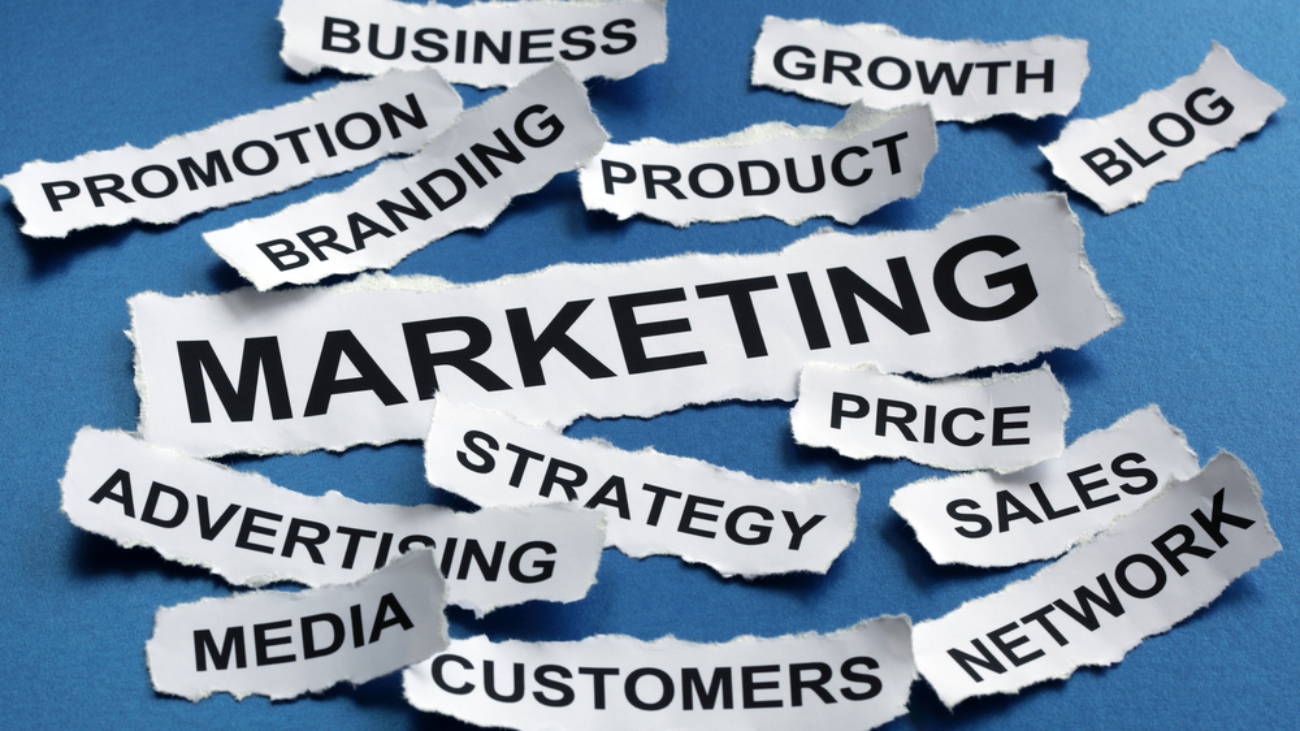 What High Quality Real Estate Professionals Look Like & Where Future Agents Are
What High Quality Real Estate Professionals Look Like & Where Future Agents Are
You know that when you have a phenomenal real estate professional (or outbound sales rep), it’s a game changer for your organisation or agency. As he or she converts warm leads, your sales team closes deals faster. This—often rare—individual keeps your sales machine running and can infuse your work culture with motivation, inspiration, and a high level of productive energy.
How do you go about ensuring you recruit this type of action-driven, lead generating machine? Here are some qualities, personality traits, and experiences that high quality outbound sales reps and real estate professionals possess:
Personality Traits that Make Great Outbound Sales Professionals
It’s important to remember that an individual is more than the sum of his or her experiences, and a great deal of a person’s personality is adopted at an early age or is intrinsic. A person needs to have the right natural tendencies and preferences for outbound sales. Here are four areas to consider when recruiting a high quality outbound sales rep or real estate professional:
-
Auditory Perception (How Well a Person Listens)
Great outbound sales reps rank high in auditory perception. A high score in this area is necessary for a highly successful outbound sales rep. A sales professionals needs to be able to listen to a client and pick up the nuances in his or her tone, listen for key phrases, and respond accordingly. A sales reps’ ability to qualify certain leads comes down to his ability to listen and internalise what he hears.
-
Kinaesthetic Abilities (How Well a Person Connects with Others)
The ability to connect with others emotionally is necessary for many roles, but successful outbound sales reps are different. A high quality outbound sales rep needs just enough kinaesthetic ability to build rapport with customers. If an individual ranks too high in this area, it could be detrimental because he may become discouraged by his perceived lack of impact or from the amount of rejection he receives.
-
Visual (How a Person Problem Solves)
An outbound sales rep doesn’t have to have a strong ability to visualise problems and solve them, unlike a tech support role, for example. An outbound sales rep role doesn’t require this part of the brain to be engaged regularly, and individuals who are incredibly strong problem solvers can be less stimulated by the nature of the work, resulting in low retention rates.
-
Digital (How a Person Follows Procedure & Adapts to Repetitive Work)
An excellent outbound sales rep needs to have medium to strong capabilities in following procedures and adapting to repetitive work. Repetition is a natural element of sales roles, and a strong sales rep needs to be enthusiastic about engaging in the same activity day in and day out. A high quality sales rep naturally follows procedures, steps, and sequences very well.
In addition to considering where an individual ranks in these four areas, a high quality outbound sales rep or real estate professional needs to be adaptable and flexible, with a strong ability to rise to new challenges.
Where Future Outbound Sales Reps or Real Estate Professionals Are
To drive your sales results up, you have to attract and recruit the right candidates, but these candidates don’t always come directly to you. So, where can you find them? What experiences are the best fit? While a penchant for sales is important, high quality outbound sales reps are often people will little to no previous “sales” experience. You may find these successful reps-to-be in:
- Food Service—Individuals with food service experience have had to deal with sales and consumer experience, making them adaptable. Their experience in helping customers order food choices that fit their moods and budget aids their ability to identify and suggest upselling opportunities.
- Retail—Retail experience is essentially sales experience. These individuals know how to qualify customers, upsell, and track store targets. Many have been trained and know exactly what to do to improve sales objectives.
- Sports—Individuals who were in sports and were, or are, competitive athletes often make great outbound sales reps because of their competitive nature and discipline. These individuals push themselves and their teammates to succeed. Plus, they’re accustomed to repeating drills and forms, so they’re well adept at following processes and procedures.
Industry Experience Not a Necessity
A high quality sales rep or real estate professional doesn’t necessarily have to have previous industry experience. The right attitude and aptitude is often better than just possessing the right skills. This thinking goes back to the old adage: “you can teach skills, you can’t teach attitude.”
In addition, it’s important to consider that the sales experience an individual possesses might not be the right sales experience for the culture of your organisation. Although the individual may be a great sales rep, the habits he or she has created might not be the right fit. For example, someone in a hard-sell sales environment might not do well in an environment where the lead needs to be nurtured into a long-term relationship and vice versa.
If you identify an individual who possesses the right balance of strengths and weaknesses, you can equip and train him or her based on the 80/20 rule. Train the sales professionals for 80 percent of what they will encounter and allow experienced real estate agents or leaders to be a resource for the other 20 percent of less common situations. Make sure you address the myths and truths of real estate marketing and shine light on what doesn’t work in addition to what does. Train them well, challenge them, and send them forth.
Giving Your Sales Team the Right Atmosphere to Succeed
If your sales reps or real estate professionals are going to succeed, you need to give them something in return. Building a highly successful team is more than just recruiting the right people and training them properly. You need to provide them with an atmosphere that cultivates their success. This atmosphere should consist of:
- Healthy competition
- Clear and measurable targets
- Commission and incentives
- Empowering them to take action and make decisions
- Giving them the right tools and software to succeed
Hopefully, this information has been insightful and will help you attract the right real estate professionals and create a work atmosphere that helps them succeed. If you know that your team needs better tools and technology to streamline their processes and free them up to focus on selling, contact us. iDashboard—our leading-edge online real estate and property management software solution—can help you.



 If you struggle to come up with
If you struggle to come up with 

 The Marketing Dilemma
The Marketing Dilemma

 Accepting a New Era of Real Estate Marketing
Accepting a New Era of Real Estate Marketing
 2015 is almost over and we cannot believe it. As we look back at the year that was, we can clearly see that marketing has changed. It’s changed drastically over the past couple of years, and it will continue to evolve as new technology is introduced and buyers’ habits change.
2015 is almost over and we cannot believe it. As we look back at the year that was, we can clearly see that marketing has changed. It’s changed drastically over the past couple of years, and it will continue to evolve as new technology is introduced and buyers’ habits change.
 It’s no surprise that experts have customers coming to them and don’t have to work hard to drum up business. When you implement your inbound marketing strategy, you’ll need to do all you can to build momentum and expert status.
It’s no surprise that experts have customers coming to them and don’t have to work hard to drum up business. When you implement your inbound marketing strategy, you’ll need to do all you can to build momentum and expert status.
 Before we get started with a real life example of outbound vs inbound marketing, let’s recap.
Before we get started with a real life example of outbound vs inbound marketing, let’s recap.
 The team at iProperty are proud to announce a New Update to iDashboard, below is a summary of the main items that have been updated.
The team at iProperty are proud to announce a New Update to iDashboard, below is a summary of the main items that have been updated.
 What is inbound marketing?
What is inbound marketing?
 The team at iProperty are proud to announce a New iDashboard app which will be replacing TREA, it is due for release in January 2016, below is a summary of the main items that have been updated.
The team at iProperty are proud to announce a New iDashboard app which will be replacing TREA, it is due for release in January 2016, below is a summary of the main items that have been updated.